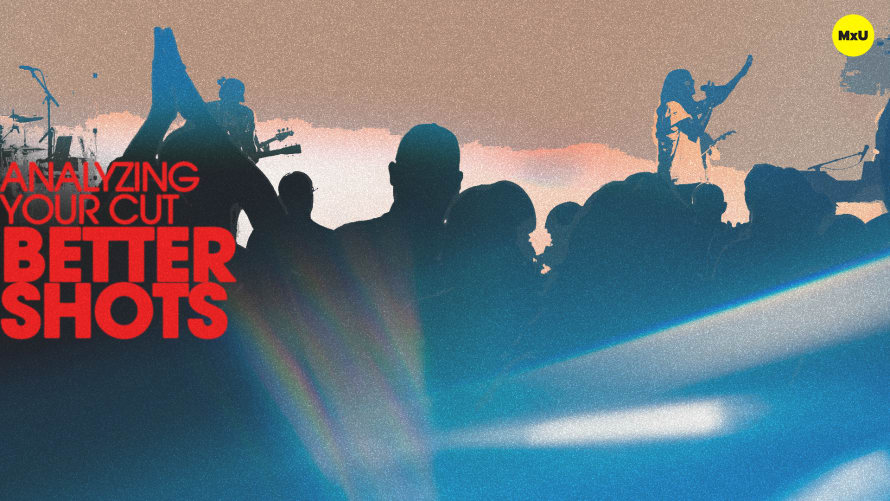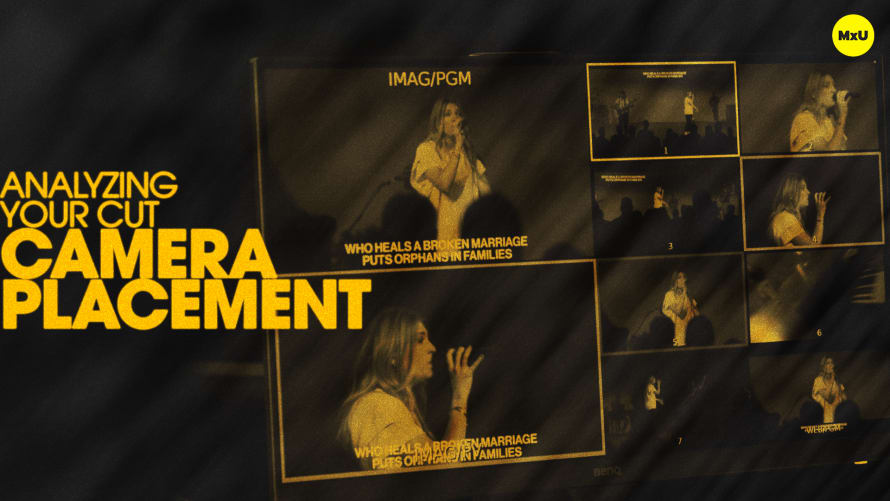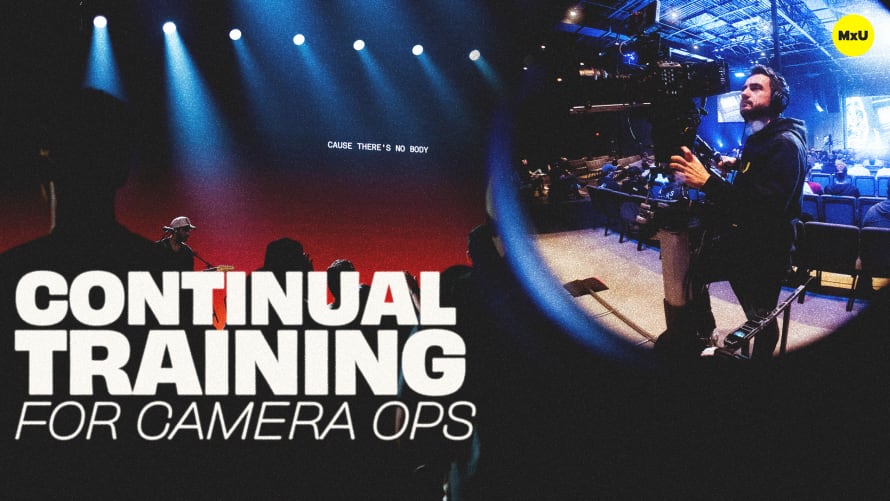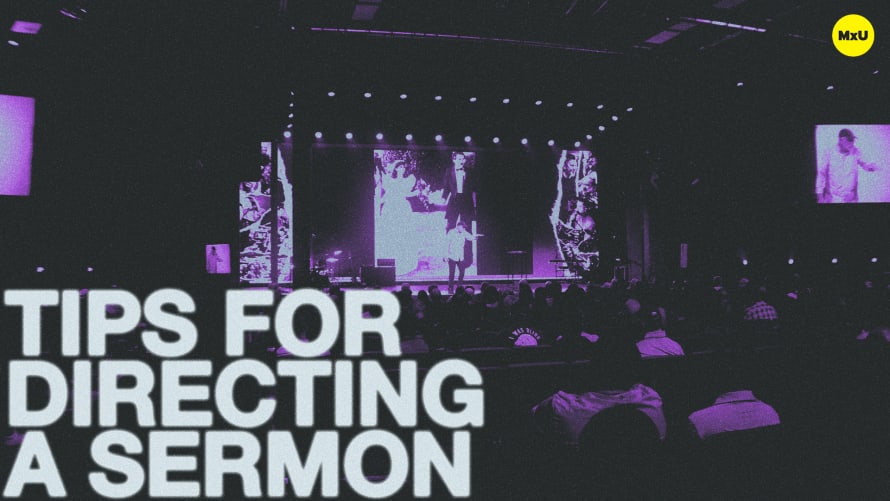Worship Switching | Analyzing Your Cut


Continue watching
Sign up to continue watching Worship Switching | Analyzing Your Cut
Pricing
Starting at $19.95 /mo
More in MxU
In this second part, Rusty and Addie dive into the complexities of switching cameras for worship music. Shot composition and dynamic transitions are key. Directors should be mindful to keep varying shot types to avoid repetitive compositions and to enhance the live viewing experience.
Key Points:
- It’s important to give viewers a sense of scale, especially if they’re exclusively viewing online. This can be achieved by using wider shots that capture the entirety of the stage, or in Addie’s case, the entirety of the LED wall.
- Rusty and Addie discuss the challenge of balancing shot composition. It’s particularly difficult when framing for both IMAG and broadcast. The aim should be to optimize the view for the best hybrid between live attendees and remote viewers.
- The conversation touches on the use of dynamic camera movements to inject energy into shots. For example, using dollies and tilts can add movement and therefore add energy to your shots. This is especially important during upbeat songs. It’s important to change tempo and pacing from song to song to match what the viewers are hearing.
- Sometimes, logistical and aesthetic challenges occur in regard to camera visibility in a live space. For example, when you have a camera lower to the ground, it can typically get better shots but you run the risk of people walking through the shot. It’s important to capture diverse angles.
- It’s always key to know the music before you get in the room. This helps to anticipate key moments in each song for shot transitions. Knowing your service flow is essential for effective directing.
Watch parts one and three in the full course - Analyzing Your Cut - by clicking here.









